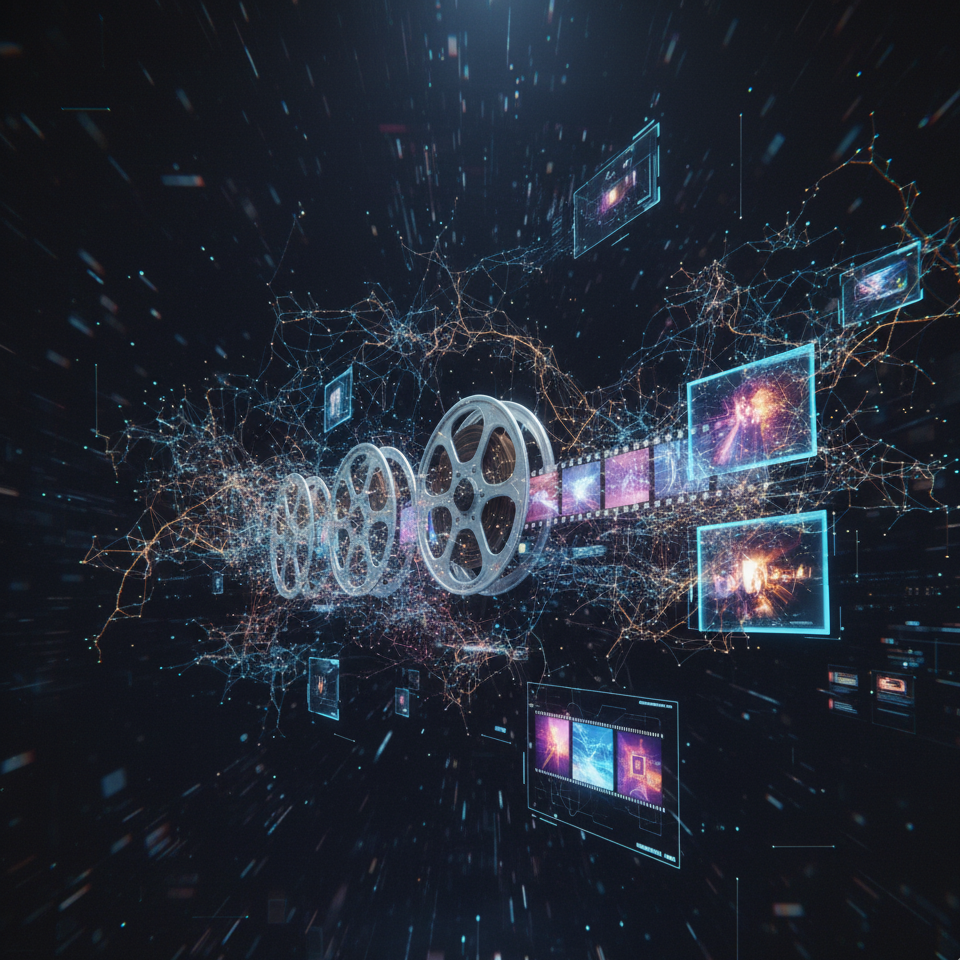Artificial intelligence is transforming the way we create visual content. What once required hours of work from designers, photographers, or animators can now be achieved in minutes thanks to tools based on generative AI. Among the most impressive are those focused on creating images and videos from simple text descriptions.
📌 How does generative AI for images and videos work?
These platforms use models trained with millions of images and video sequences to learn patterns of color, shape, perspective, lighting, and motion. When a user writes an instruction (prompt), the AI interprets the text and produces a coherent visual result, whether it’s an illustration, a realistic photograph, or even an animation.
🎨 Applications in Images
AI for image generation has become a key tool across different industries:
- Graphic design and marketing: creation of posters, covers, ads, and promotional materials.
- Video games: generation of characters, environments, textures, and ready-to-use assets.
- E-commerce: product images, mockups, and personalized banners.
- Art and creativity: original illustrations, collages, and artistic experimentation.
Tools like MidJourney, Stable Diffusion, and Leonardo.Ai have popularized this type of creation, enabling results that previously required a full design team.
🎥 Applications in Video
Video generation through AI is still in an early stage but already shows great potential:
- Advertising and social media: creation of short, engaging clips from a script.
- Film and animation: generation of test scenes or quick animations for prototypes.
- Education and training: production of explanatory videos with virtual narrators.
- Content for influencers: creation of original clips without recording.
Platforms like Runway ML, Pika Labs, and Synthesia are leading the way, offering the ability to create anything from hyperrealistic videos to stylized animations.
🚀 Advantages and Challenges
AI specialized in image and video generation offers speed, low cost, and unlimited creativity. However, it also presents some challenges:
- Variable quality in some results.
- Limitations in motion coherence for videos.
- Debate over copyright and data used to train models.
🌍 The Future of Visual Content with AI
In the coming years, these tools are expected to become an essential part of the creative industry. We’ll see a combination of human talent and AI, where creators can focus on ideas and artistic direction while machines provide speed and diversity in results.

